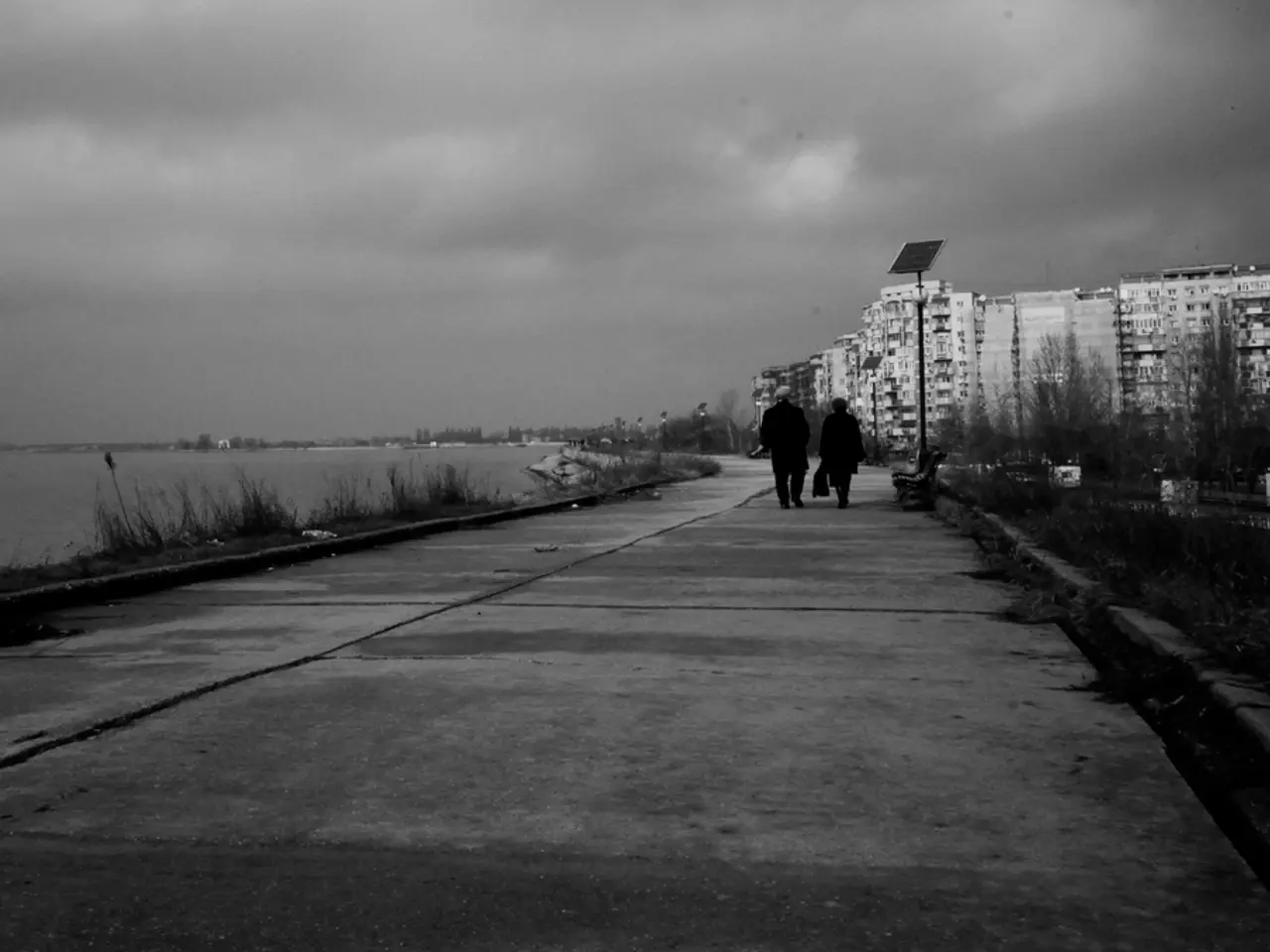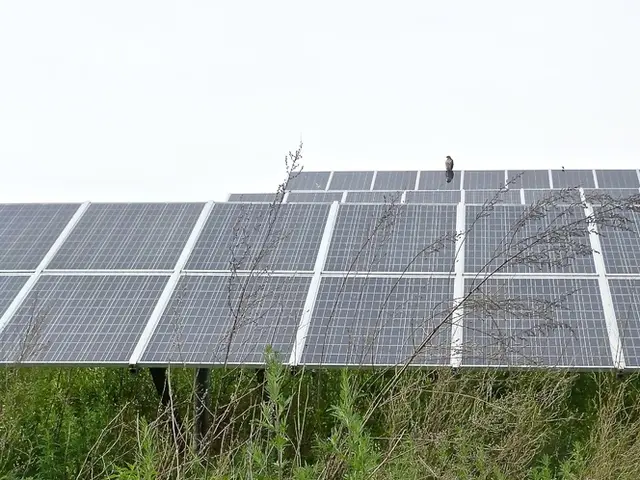Study Warns: UV Exposure May Undermine N-Type Solar Modules' Longevity
A study published in the journal Progress in Photovoltaics has shed light on the long-term effects of ultraviolet (UV) exposure on n-type solar modules. Researchers from the U.S. Department of Energy's National Renewable Energy Laboratory (NREL) found that current industry standards may not adequately detect potential risks from UV-induced degradation (UVID).
The study focused on a 3 MW commercial rooftop PV system that had been underperforming for six years. The system's n-type modules, based on passivated emitter rear totally diffused (PERT) technology, showed an annual degradation of approximately 2.4% relative to their nameplate power. The researchers found that UV exposure of 67.5 kWh/m² (200-400 nm) was needed to cause measurable power loss. Subsequent damp heat stress (1000 h 85/85) led to a severe increase in series resistance of the UV-exposed cells.
The study revealed that UVID losses were caused by cell surface recombination losses and a lack of zinc (Zn) in the metallization paste used in the analyzed modules. Even modules with metallization paste containing Zn showed series resistance degradation after 1,000 h DH testing, due to acetic acid generation and degradation of the gridline/cell interface. The researchers concluded that the current IEC standards, which require only minimal UV exposure, may not be sufficient to detect all risks of long-term performance losses in n-type PV modules.
The findings of this study highlight the importance of revisiting and potentially updating industry standards to better assess the long-term performance of n-type solar modules. By understanding and mitigating the effects of UV-induced degradation, the solar industry can ensure the reliability and longevity of its products.
Read also:
- Industrial robots in China are being installed at a faster rate than in both the United States and the European Union, as the global market for these robots faces a downturn.
- Galvanize Unveils $1.3 Billion Plan to Fund the Energy Sector's Evolution Pathway
- EAFO Research Uncovers Crucial Elements in Electric Vehicle Adoption within the EU
- Kazakhstan: From Nuclear Test Ground to Disarmament Champion








